Awase dashi is the basic Japanese soup stock combined broth with kombu (dried kelp) and katuobushi (dried bonito flake). You can use it to make various Japanese food. There are two version of dashi, the primary dashi and the secondary dashi. We use them depending on our dish. The primary dashi is made from unused kombu and katsuobushi. It’s basically the first pure dashi. It is flavorful, and it has a pure color and rich flavor. The secondary dashi is made from used kombu and katsuobushi of the primary dashi. It has less aroma than the primary dashi, but it has strong umami flavor by simmering slowly. It includes unpleasant flavor such as sourness from the bonito flakes, so we use it for the dish that has a strong taste with seasonings. For example, simmered food and miso soup. You can stock both broth in your freezer, and use it whenever you need.
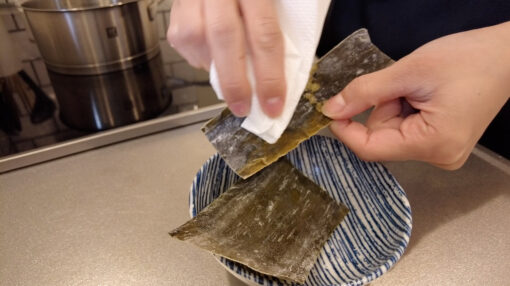
Don't rinse the kombu with water, because it has umami flavor on the surfaces. So just wipe off with a dried paper towel on it.
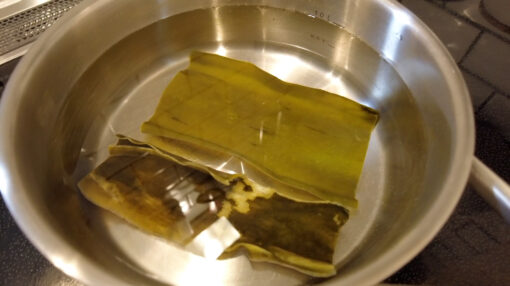
We use dried kombu, so at first soak the seaweed in water to bring out the umami flavor. Pour water into a pot, and add the kombu. Let it sit for 30 Minutes.
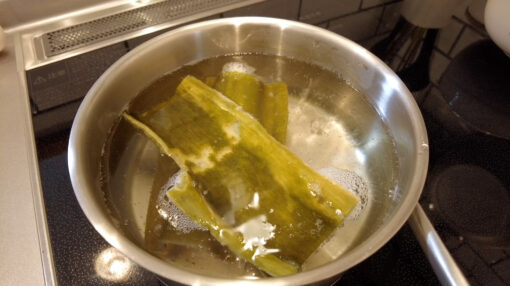
Heat the water on medium heat just before boiling for about 10 minutes, and remove the kombu once the small bubbles come out like this picture. To make a flavorful and clean dashi, not to boil the kombu. If you boil it, the slime will come out from the kombu, and the taste is bad. The broth will be not pure. So simmer it until just before the water is boiling, and bring out the flavor.
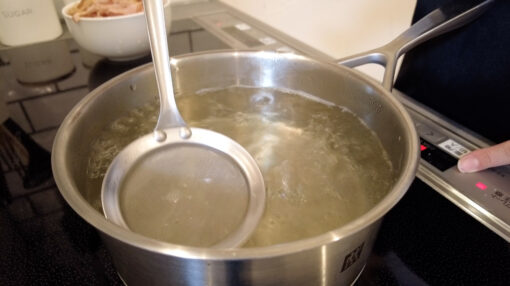
Let the water boil. When it comes to a boil, skim the scum, and turn off the heat.

Add the bonito flakes, and let it sit for 2 minutes. You don't need to push the bonito flakes in water because they can sink by themselves.
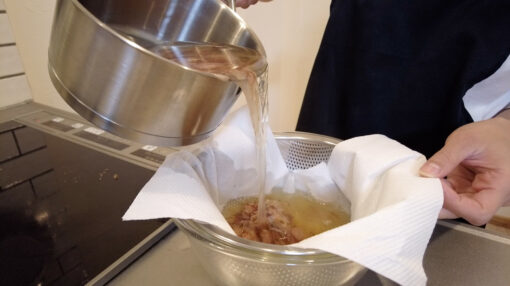
Put paper towels on the colander, and strain the bonito flakes.

Pour the water to the pot, and put the used kombu and bonito flakes when making the primary dashi. Heat it up for about 5 minutes to bring it to a boil.
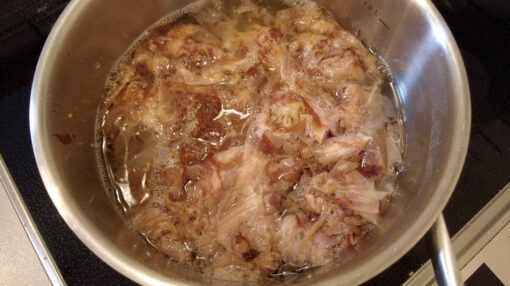
Reduce the heat, and simmer them on low heat for 10 minutes . Keep the heat level low, and don't boil them because the acid taste from bonito flakes will increase.
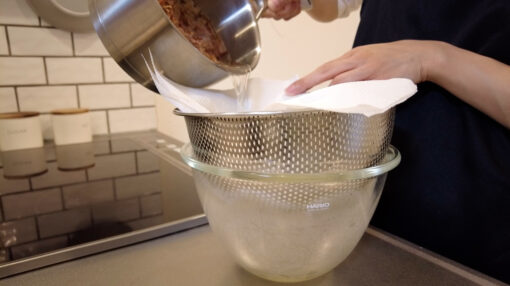
Put paper towels on the colander, and strain the bonito flakes.
Ingredients
Directions

Don't rinse the kombu with water, because it has umami flavor on the surfaces. So just wipe off with a dried paper towel on it.

We use dried kombu, so at first soak the seaweed in water to bring out the umami flavor. Pour water into a pot, and add the kombu. Let it sit for 30 Minutes.

Heat the water on medium heat just before boiling for about 10 minutes, and remove the kombu once the small bubbles come out like this picture. To make a flavorful and clean dashi, not to boil the kombu. If you boil it, the slime will come out from the kombu, and the taste is bad. The broth will be not pure. So simmer it until just before the water is boiling, and bring out the flavor.

Let the water boil. When it comes to a boil, skim the scum, and turn off the heat.

Add the bonito flakes, and let it sit for 2 minutes. You don't need to push the bonito flakes in water because they can sink by themselves.

Put paper towels on the colander, and strain the bonito flakes.

Pour the water to the pot, and put the used kombu and bonito flakes when making the primary dashi. Heat it up for about 5 minutes to bring it to a boil.

Reduce the heat, and simmer them on low heat for 10 minutes . Keep the heat level low, and don't boil them because the acid taste from bonito flakes will increase.

Put paper towels on the colander, and strain the bonito flakes.
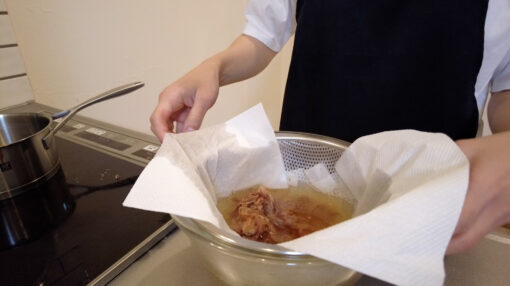

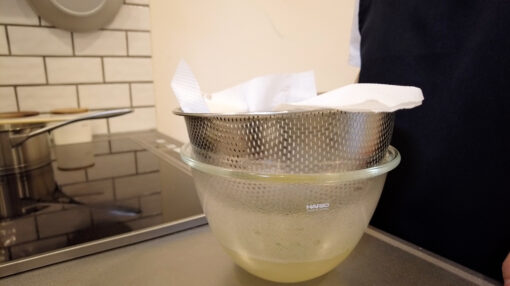


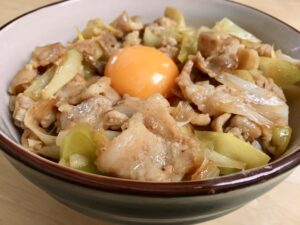

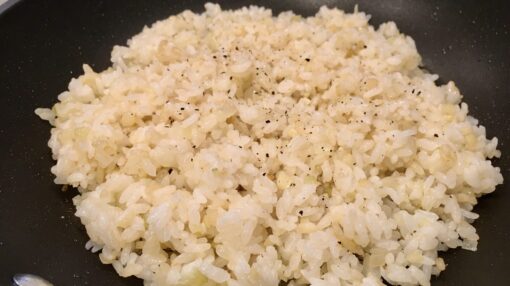
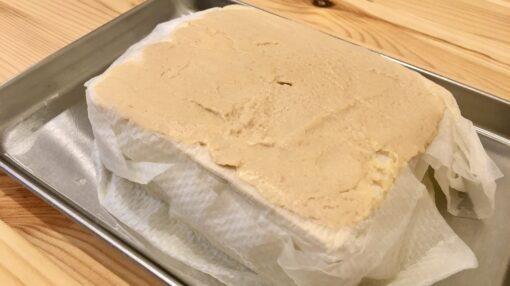
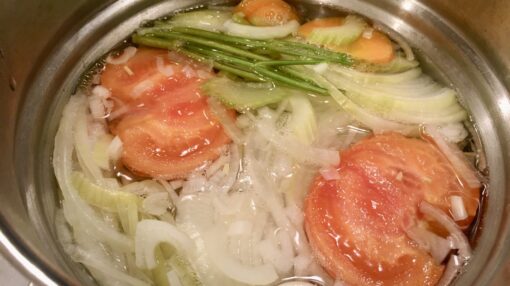
Leave a Reply